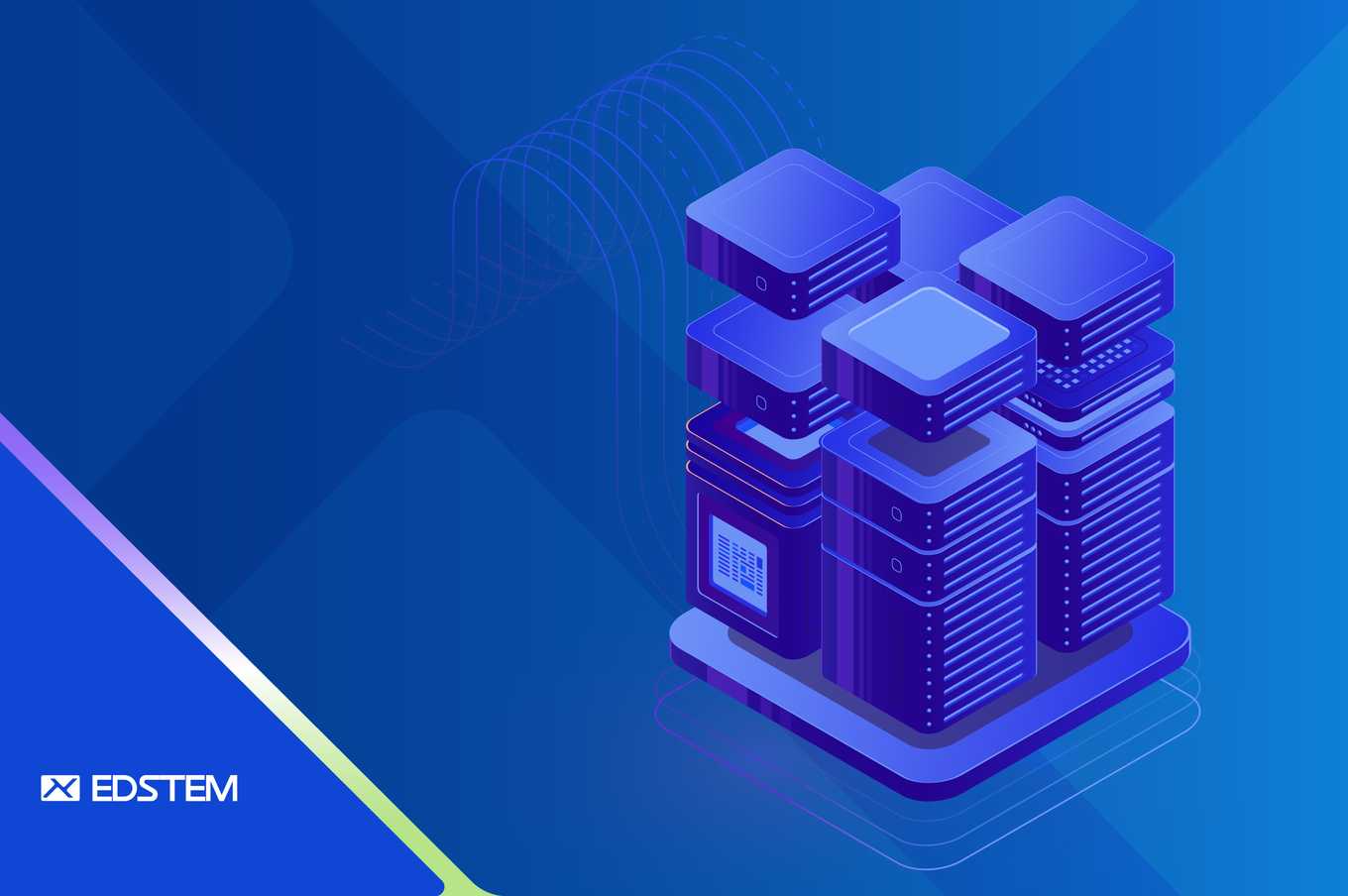Introduction
Apache Kafka is a highly scalable, distributed event streaming platform widely used for building real-time data pipelines, event-driven architectures, and streaming applications. It is an essential component in modern cloud-based microservices architectures, supporting use cases such as log aggregation, real-time analytics, IoT telemetry, and financial transaction processing. However, in distributed systems, failures are inevitable due to network latency, resource constraints, or transient application errors. Handling failures efficiently is critical to ensuring data integrity, reliability, and seamless fault tolerance in event-driven applications. One of the most effective ways to enhance system resiliency is by implementing a robust retry mechanism within Kafka consumers and producers.
Why Retry Mechanism is Important in Kafka?
In a typical Kafka-based architecture, producers asynchronously publish messages to topics, while consumers process these messages in real-time. However, various factors such as network failures, database deadlocks, thread contention, or temporary unavailability of external services can lead to message processing failures. Without a structured retry mechanism, crucial events may be lost, leading to inconsistent data states, failed transactions, or incomplete event-driven workflows.
A well-designed retry mechanism ensures that failed messages are retried efficiently, allowing microservices, data streaming pipelines, and real-time analytics engines to recover from transient failures without human intervention. Moreover, it helps prevent overloading downstream services with excessive retry attempts, leading to better throughput and optimal resource utilization in high-throughput Kafka deployments.
Common Retry Strategies for Kafka Consumers
To build a resilient Kafka-based streaming architecture, various retry strategies can be employed to handle failures gracefully. Some of the widely adopted techniques include:
- Exponential Backoff with Jitter: This is a widely used retry strategy in cloud-native applications. The delay between retries increases exponentially (e.g., 1s, 2s, 4s, 8s) to prevent excessive load on downstream services. Adding jitter (randomized delays) helps avoid retry storms and mitigates the thundering herd problem in highly concurrent systems.
- Fixed Delay Retries: This approach involves retrying messages at a constant interval (e.g., every 5 seconds). While it is simple to implement, it may not be as effective as exponential backoff in managing peak loads in high-throughput Kafka clusters.
- Maximum Retry Attempts: Setting a limit on retry attempts prevents infinite retry loops and ensures that failed messages are not retried indefinitely. Once the retry limit is reached, messages can be forwarded to a Dead Letter Queue (DLQ) or a dedicated error-handling mechanism for further analysis.
- Dead Letter Queue (DLQ) Handling: Failed messages that exceed the maximum retry limit can be routed to a Dead Letter Topic (DLT) for logging, auditing, or reprocessing. This is particularly useful in event-driven architectures, financial applications, and mission-critical systems that require detailed failure tracking.
- Selective Retry Based on Exception Types: Not all errors require retries. For instance, permanent failures such as message schema mismatches or invalid payload formats should not be retried. Instead, retry policies can be configured to exclude specific exceptions and only retry recoverable errors like database connectivity issues or temporary API timeouts.
Implementing Kafka Retry Mechanism with Spring Kafka
Spring Kafka provides built-in support for configuring retry mechanisms for Kafka consumers and producers. Below, we walk through a structured approach to implementing an efficient retry strategy using Spring Kafka’s RetryTopicConfiguration.
Define DLT (Dead Letter Topic) Handler
We start by defining a Dead Letter Topic handler, which handles messages that have exceeded the maximum retry attempts. This handler typically logs or stores information about failed messages for further analysis. DLT and retry topics will be automatically created as per our configuration.
@Component
@Slf4j
public class CustomDltProcessor {
@Autowired KafkaService kafkaService;
public void processDltMessage(
String message,
Exception exception,
@Header(KafkaHeaders.ORIGINAL_OFFSET) byte[] offset,
@Header(KafkaHeaders.EXCEPTION_FQCN) String descException,
@Header(KafkaHeaders.EXCEPTION_STACKTRACE) String stacktrace,
@Header(KafkaHeaders.EXCEPTION_MESSAGE) String errorMessage) {
KafkaErrorResponse kafkaErrorResponse =
KafkaErrorResponse.builder()
.payload(message)
.exceptionMessage("Error while processing kafka message :: " + errorMessage)
.exceptionStacktrace(stacktrace)
.build();
log.error("Error while processing kafka message :: " + kafkaErrorResponse.toString());
}
}Configure Retry Behavior
Next, we configure retry behavior for Kafka topics using RetryTopicConfiguration. We specify parameters such as maximum attempts, retry interval, and the DLT handler method.
@Configuration
@Slf4j
public class KafkaRetryConfig {
@Value("${ksm.kafka.topic.update-topic}")
String updateTopic;
@Autowired private CustomDltProcessor customDltProcessor;
/* Below bean won't retry for exceptions in notRetryOn list */
@Bean
public RetryTopicConfiguration retryTopicCreation(KafkaTemplate<String, String> template) {
return RetryTopicConfigurationBuilder.newInstance()
.exponentialBackoff(1000, 2, 5000)
.maxAttempts(3)
.excludeTopics(List.of(updateTopic))
.dltHandlerMethod("customDltProcessor", "processDltMessage")
.dltProcessingFailureStrategy(DltStrategy.FAIL_ON_ERROR)
.notRetryOn(
List.of(
ResubmitInvalidRequestException.class,
NullPointerException.class,
SerializationException.class))
.create(template);
}
/* Below bean only retires when ResubmitInvalidRequestException is thrown */
@Bean
public RetryTopicConfiguration retryTopicCreationForOtherCases(
KafkaTemplate<String, String> template) {
return RetryTopicConfigurationBuilder.newInstance()
.maxAttempts(1)
.excludeTopics(List.of(updateTopic))
.dltHandlerMethod("customDltProcessor", "processDltMessage")
.dltProcessingFailureStrategy(DltStrategy.FAIL_ON_ERROR)
.retryOn(
List.of(
ResubmitInvalidRequestException.class))
.create(template);
}
}Custom Producer Configuration
The Kafka producer must be correctly configured to handle retry topics and dead letter topics. Below is a sample producer configuration that ensures messages are produced with appropriate security settings, including SSL encryption for secure communication.
@Configuration
public class KafkaProducerConfig {
@Value(value = "${spring.kafka.bootstrap-servers}")
private String bootstrapServers;
@Bean
public ProducerFactory<String, String> producerFactory() {
Map<String, Object> config = new HashMap<>();
config.put(ProducerConfig.BOOTSTRAP_SERVERS_CONFIG, bootstrapServers);
config.put("security.protocol", "SSL");
ProducerFactory<String, String> producerFactory =
new DefaultKafkaProducerFactory<>(
config, new StringSerializer(), new StringSerializer());
return producerFactory;
}
@Bean
public KafkaTemplate<?, ?> kafkaTemplate() {
return new KafkaTemplate<>(producerFactory());
}
@Bean(name = "producerObject")
public ProducerFactory<String, Object> producerObjectFactory() {
Map<String, Object> config = new HashMap<>();
config.put(ProducerConfig.BOOTSTRAP_SERVERS_CONFIG, bootstrapServers);
config.put("security.protocol", "SSL");
return new DefaultKafkaProducerFactory<>(
config, new StringSerializer(), new JsonSerializer<>());
}
@Bean(name = "kafkaObjectTemplate")
public KafkaTemplate<String, Object> kafkaObjectTemplate() {
return new KafkaTemplate<>(producerObjectFactory());
}
}Kafka Service To Send Message
With Producer Configuration setup done, we can use the same while sending kafka messages.
@Service
@Slf4j
public class KafkaService {
private final KafkaTemplate<String, Object> kafkaTemplate;
@Autowired
public KafkaService(
@Qualifier("kafkaObjectTemplate") KafkaTemplate<String, Object> kafkaTemplate) {
this.kafkaTemplate = kafkaTemplate;
}
public void sendKafkaMessage(String topic, Object message) {
ProducerRecord<String, Object> record = new ProducerRecord<>(topic, message);
RecordMetadata metadata;
try {
metadata = kafkaTemplate.send(record).get().getRecordMetadata();
long offset = metadata.offset();
int partition = metadata.partition();
log.info(
"Message sent successfully to partition "
+ partition
+ " with offset "
+ offset
+ " for the topic"
+ topic);
} catch (Exception e) {
// Handle any exceptions that may occur
throw new RuntimeException(e);
}
}
}
Apply Retry Configuration
Finally, we apply the retry configuration to Kafka consumers by associating it with specific topics.
@Service
@Slf4j
@RequiredArgsConstructor
public class CreateKafkaMessageListener {
@KafkaListener(topics = "#{ '${ksm.kafka.topic.create-topic}' }")
public void listen(@NotNull ConsumerRecord<String, String> record)
throws JsonProcessingException {
// Process the incoming Kafka message here
String key = record.key();
String value = record.value();
MDC.put("requestId", UUID.randomUUID().toString());
log.debug("Received message: key=" + key + ", value=" + value);
ObjectMapper objectMapper = new ObjectMapper();
objectMapper.configure(DeserializationFeature.FAIL_ON_UNKNOWN_PROPERTIES, false);
CustomRequest request = objectMapper.readValue(value, new TypeReference<>() {});
// Process request as per requirement
}
Conclusion
Building fault-tolerant Kafka-based systems requires careful consideration of retry mechanisms, backoff strategies, and dead letter queue processing. By leveraging Spring Kafka’s built-in support for exponential backoff, selective retries, and Dead Letter Topics, developers can create resilient streaming architectures capable of handling transient failures without impacting data integrity.
Furthermore, by implementing advanced strategies like DLQ monitoring, circuit breaker patterns, and observability tools (e.g., Prometheus, Grafana, ELK stack), organizations can enhance the reliability, scalability, and maintainability of their Kafka-powered microservices. Adopting these best practices ensures seamless event-driven data processing in modern cloud-native applications, financial systems, and IoT infrastructures.




